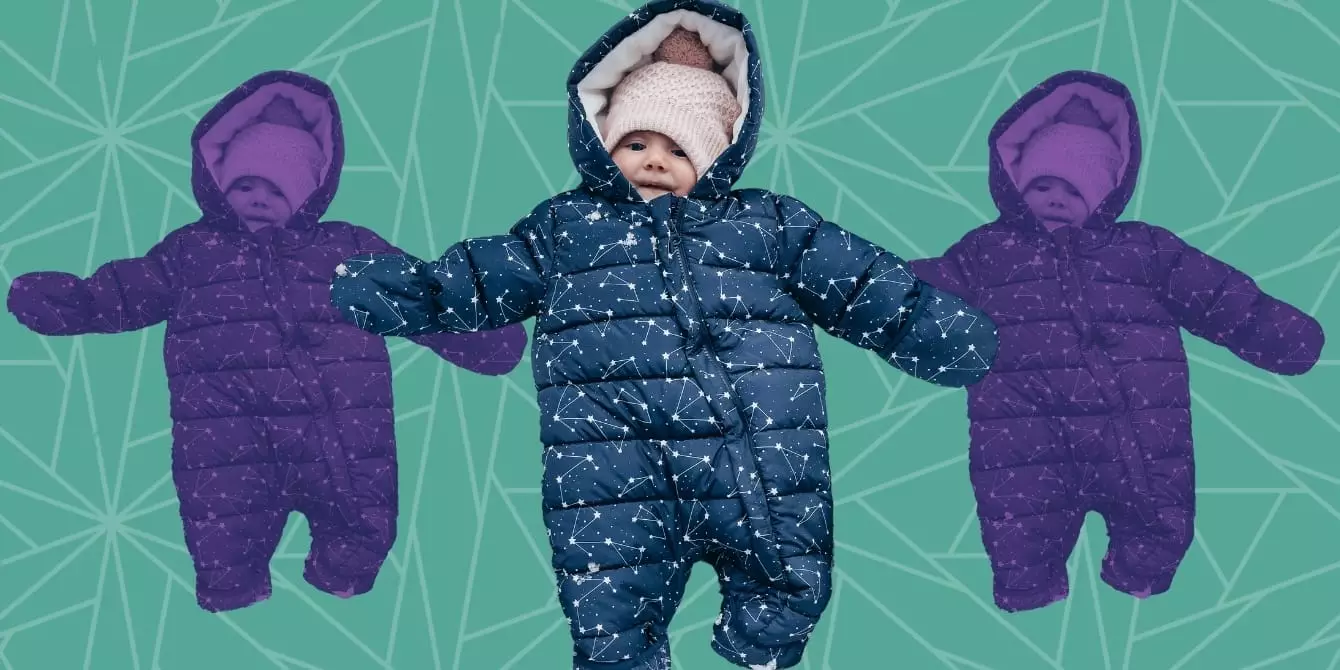As winter trims the world in layers of frost and the air turns crisp, many parents find themselves grappling with the question of how to keep their baby warm while ensuring comfort and safety during outdoor excursions. Babywearing presents an effective and heartwarming solution that allows for closeness and warmth, alleviating the burden of bulky strollers in snowy landscapes. However, it raises a myriad of considerations regarding safe clothing choices and proper layering techniques.
Babywearing in cold weather didn’t just evolve as a trend; it has historical roots and practical advantages. By carrying the baby close, caregivers can create a shared microclimate that encompasses both warmth and security. This intimate proximity enables parents to respond quickly to their baby’s needs. Instead of isolating the baby in a stoller, wearing them allows for immediate observation of comfort levels, ensuring they are neither too hot nor too cold. Moreover, during the winter months when germs thrive, keeping your baby close discourages unwanted interactions from passersby, helping maintain their health.
Dressing Strategically for Warmth
To ensure that baby is warm yet not overheating, it’s vital to adopt a layered dressing approach. Begin by dressing them in fundamental layers that offer insulation but reduce bulkiness, such as fleece-lined footed pajamas. A general rule of thumb is to layer baby with one additional layer compared to what you’re wearing. The carrier you choose serves as a critical layer—think of it as a snug barrier against the cold.
Choosing footwear presents its own set of challenges. While thick socks can serve well, booties designed to grip will maximize warmth without slipping off tiny feet. A snug, well-fitted hat is essential, as a significant amount of body heat escapes from the head. For babies inclined to wave their arms freely, mittens are a great addition to keep their little hands cozy.
The clothing strategy doesn’t end with the baby; parents must also prepare. Start with a fitted base layer like a long-sleeved shirt or thin sweater beneath the carrier. Following that, add layers that allow flexibility such as an open-front cardigan or an oversized coat that can be zipped partially around the baby carrier. This not only secures warmth but provides the added benefit of removing layers without disturbing a snoozing baby.
Monitoring for signs of discomfort, such as flushed cheeks—a classic indicator of overheating—is crucial. If it’s warmer indoors than expected, be ready to shed layers and keep your baby comfortable, just as you would for yourself.
When navigating snowy or icy terrain, it is wise to wear non-slip footwear to maintain grip. If you practice wrapping, consider tying the wrap at home to avoid dealing with wet ends outdoors. Utilize hands for balance while ensuring they are also kept warm—pack gloves or mitts for yourself to access your baby comfortably without needing to tuck your hands away in pockets.
Moreover, parents should always ensure that the baby’s head and face are visible and that airways remain unobstructed. Maintaining a proper position is critical; their chin should never press against their chest, keeping breathing unrestricted.
Creating Opportunities for Outdoor Adventures
Taking the time to get outside has undeniable benefits for both babies and parents during winter. Exposure to fresh air not only helps in staving off feelings of cabin fever but also encourages bonding between caregiver and child. Embrace the joys of winter, whether that’s through walks to soak in holiday spirit or simple grocery runs. The act of babywearing allows agility as a unit, making it easier to navigate through bustling markets or snowy conditions without feeling overburdened.
As you embark on your winter adventures, remember to appreciate each moment. Babywearing during winter transcends mere function; it forges a deeper connection and offers precious opportunities for warmth, both physical and emotional. The right preparation ensures that both you and your baby can enjoy the beauty of the outdoors, all while staying snugly bundled in each other’s embrace.

